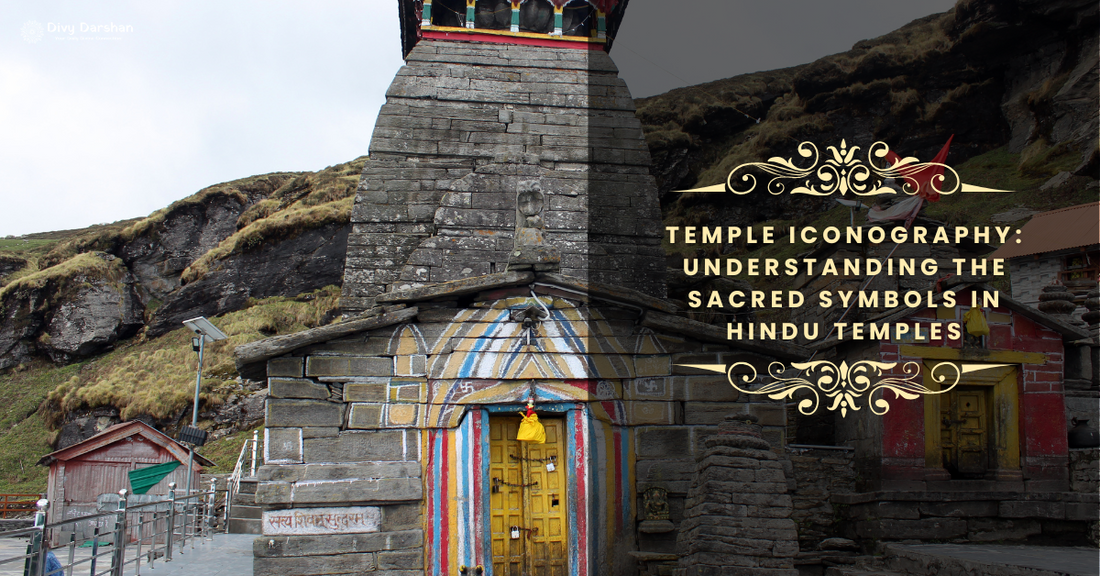Understanding the Sacred Symbols in Hindu Temple Iconography
Hindu temples are not just places of worship; they are symbols of deep spiritual and philosophical meanings. Each element, from the towering spires to the smallest carvings, carries a story, a teaching, or a divine connection. This art of representation, known as Temple Iconography, is a fascinating blend of spirituality, mythology, and artistry.
Let’s take a closer look at the sacred symbols commonly found in Hindu temples and what they signify.
The Towering Gopuram: Gateway to the Divine
One of the first things you notice in a Hindu temple is the tall, intricately designed gateway, known as the Gopuram. These towering structures symbolize the entrance to the divine world. Covered with vibrant sculptures of gods, goddesses, and mythical creatures, the Gopuram reminds devotees of the diversity of life and the journey towards spiritual enlightenment.
The Sanctum Sanctorum: Abode of the Deity
At the heart of the temple lies the Garbhagriha or sanctum sanctorum, where the main deity resides. This sacred chamber is often dimly lit, representing the mysterious nature of the divine. The deity is beautifully adorned, symbolizing purity, power, and devotion. In Temple Iconography, this central space represents the ultimate goal of spiritual seekers – unity with the divine.
The Mandala Layout: Cosmic Connection
Hindu temples are often built following the Vastu Shastra, which aligns architectural design with cosmic principles. Temples are structured in a mandala form, representing the universe. Walking through the temple is not just a physical journey but a symbolic journey of the soul from the material world to spiritual awakening.
Sacred Carvings and Sculptures
Every Hindu temple is adorned with sculptures that depict stories from ancient scriptures like the Ramayana, Mahabharata, and the Puranas. These carvings serve as visual teachings for devotees, imparting lessons on morality, devotion, and the triumph of good over evil. Temple Iconography ensures that these stories are not just decorative but deeply educational.
The Temple Flag: Victory of the Divine
Many temples have a flag flying high on their peak, symbolizing the victory of divine forces over evil. This flag acts as a beacon, guiding devotees to the sacred space where they can connect with God and seek blessings.
Offerings and Rituals: Symbols of Devotion
Temple rituals, such as offering flowers, lighting lamps, and performing arati, are also a part of temple iconography. These acts symbolize surrender, purity, and the eternal light of knowledge that dispels darkness.
Conclusion
Hindu temples are masterpieces of art and spirituality, designed to inspire devotion and impart wisdom. Through Temple Iconography, they tell timeless tales, connect devotees to their roots, and guide them toward spiritual fulfillment.
Divy Darshan is your daily connection to Hindu spirituality. Our mission is to enrich your life with devotion, inner peace, and the divine blessings of revered temples. Let’s embark on this sacred journey together.

